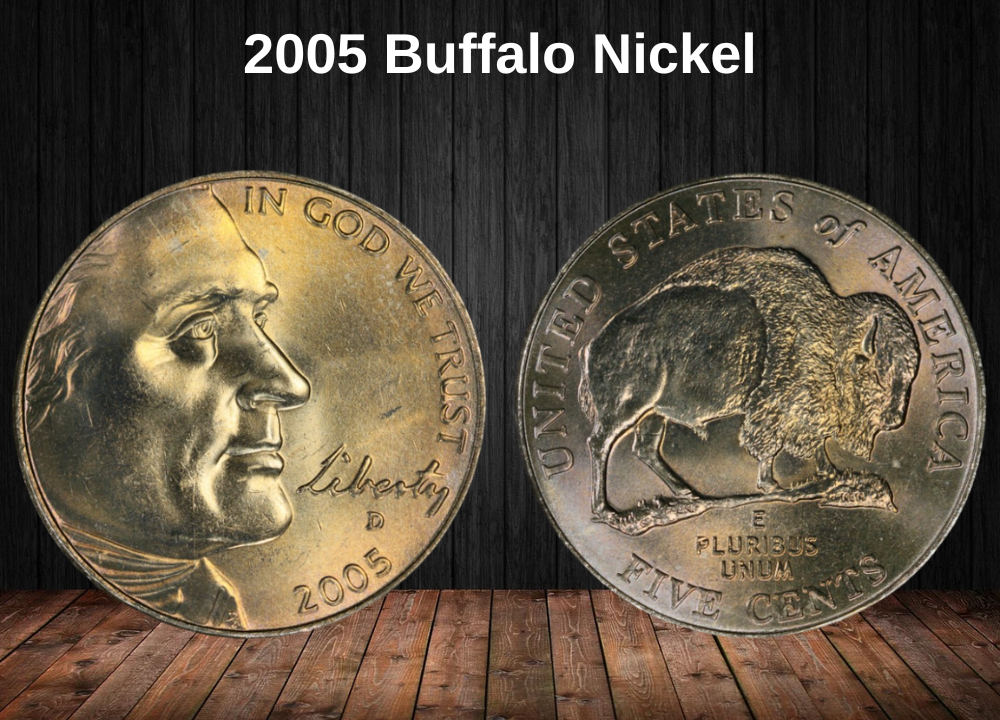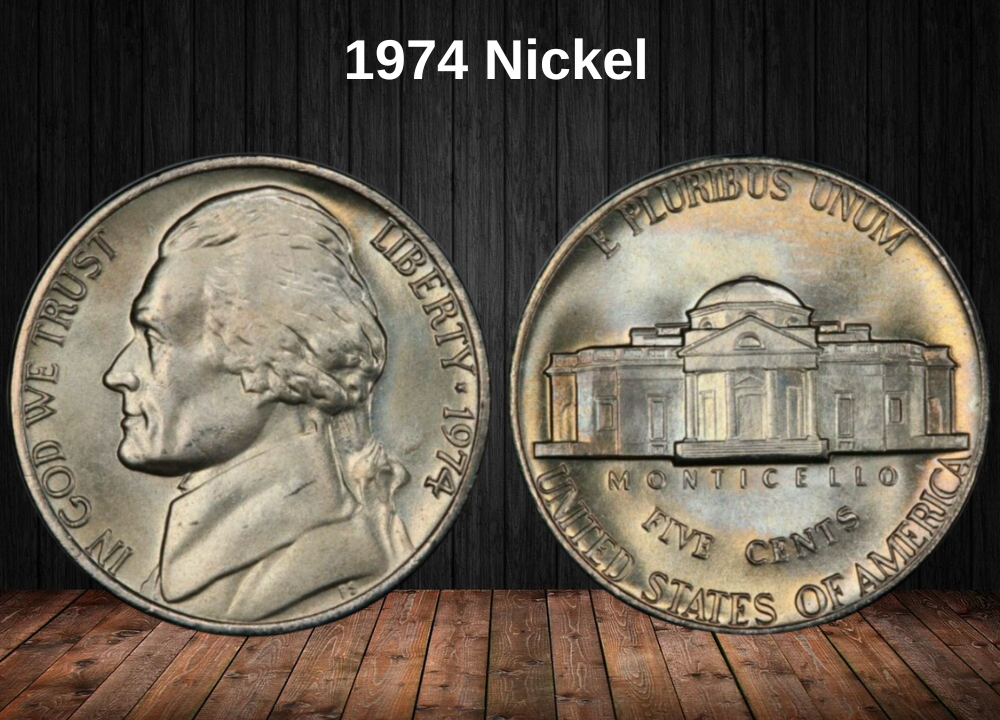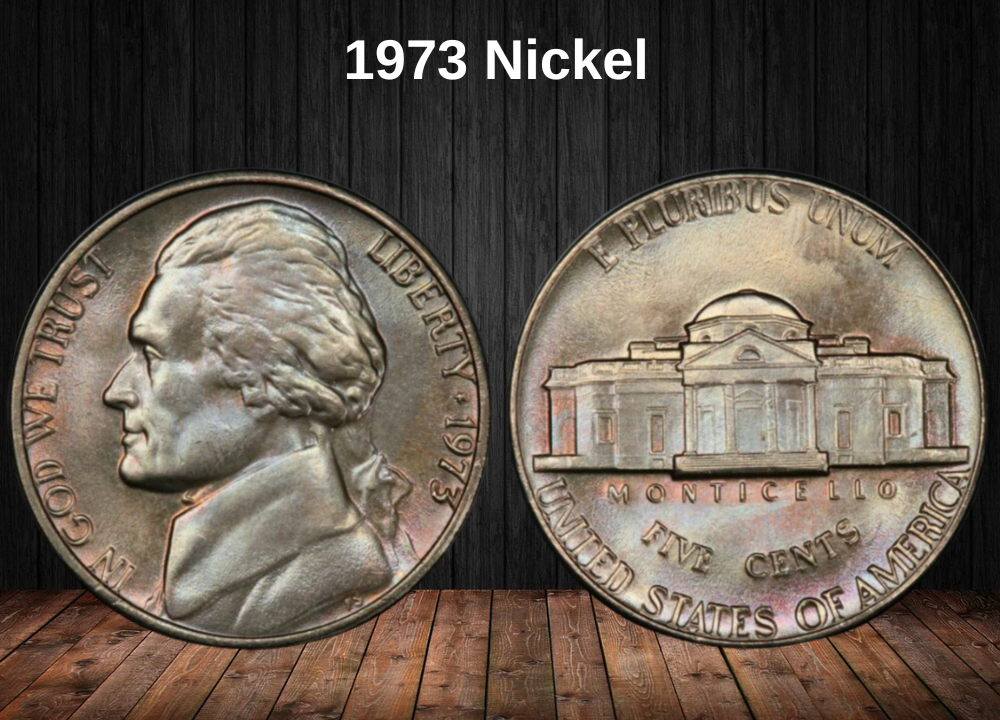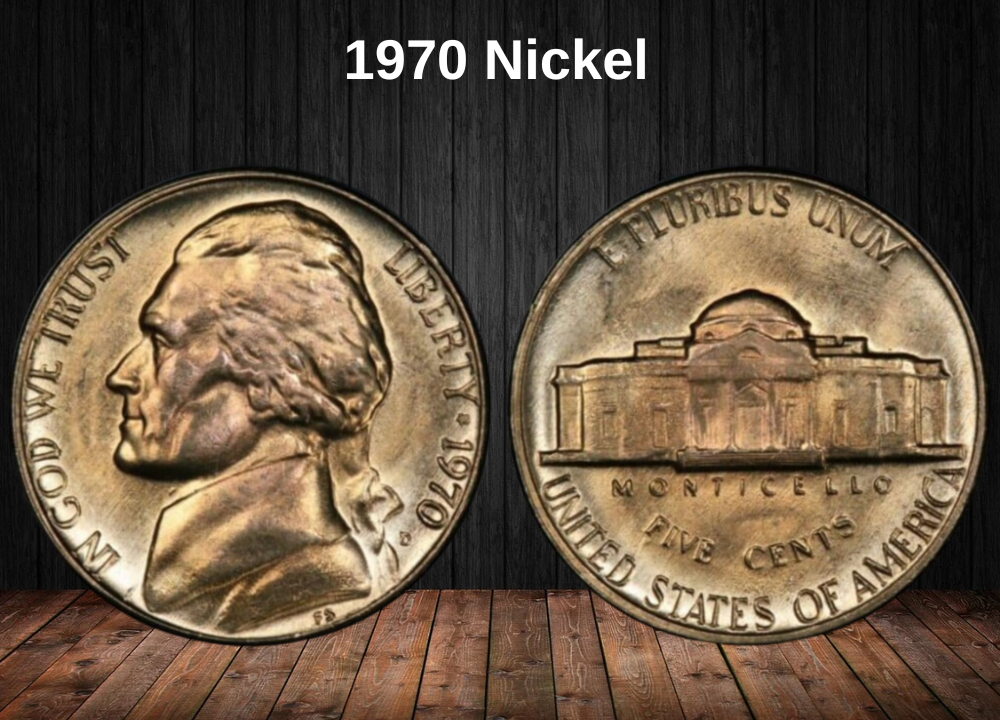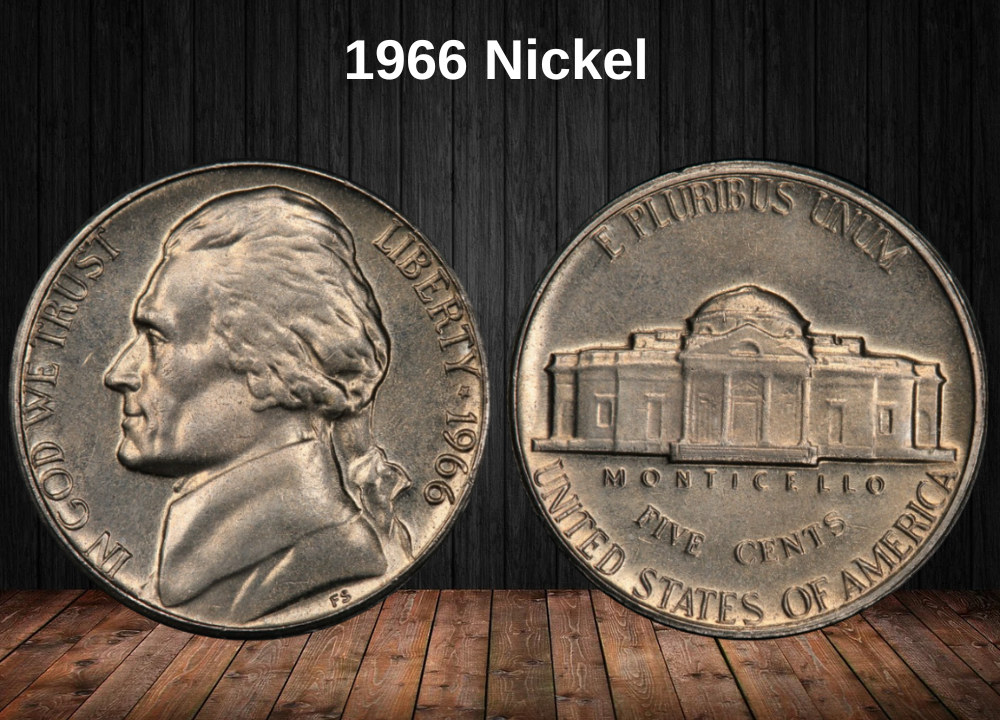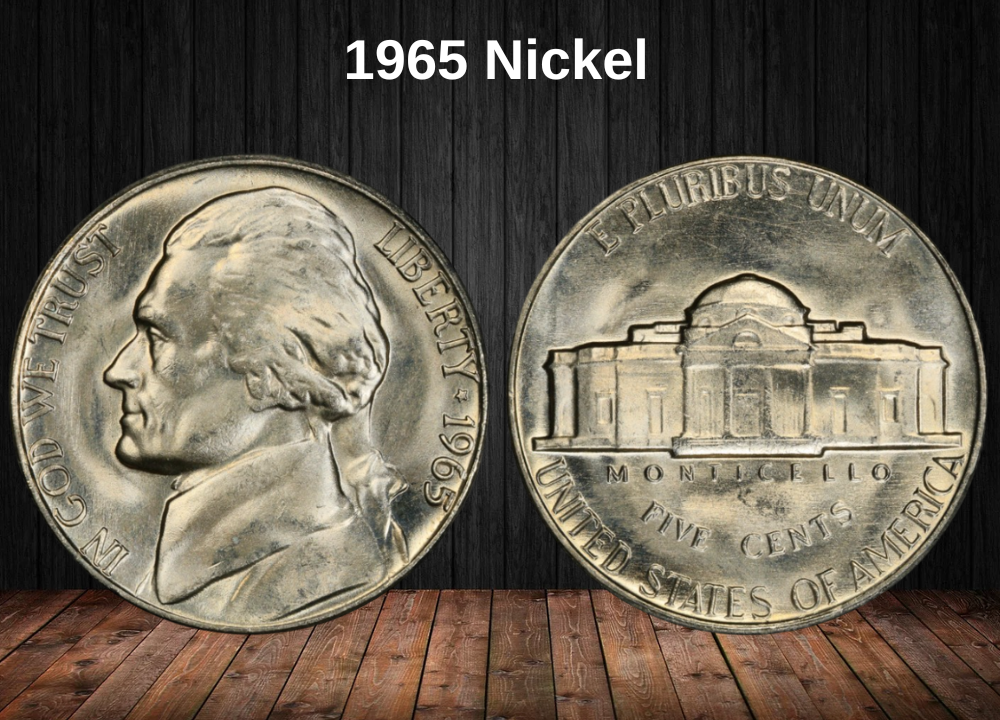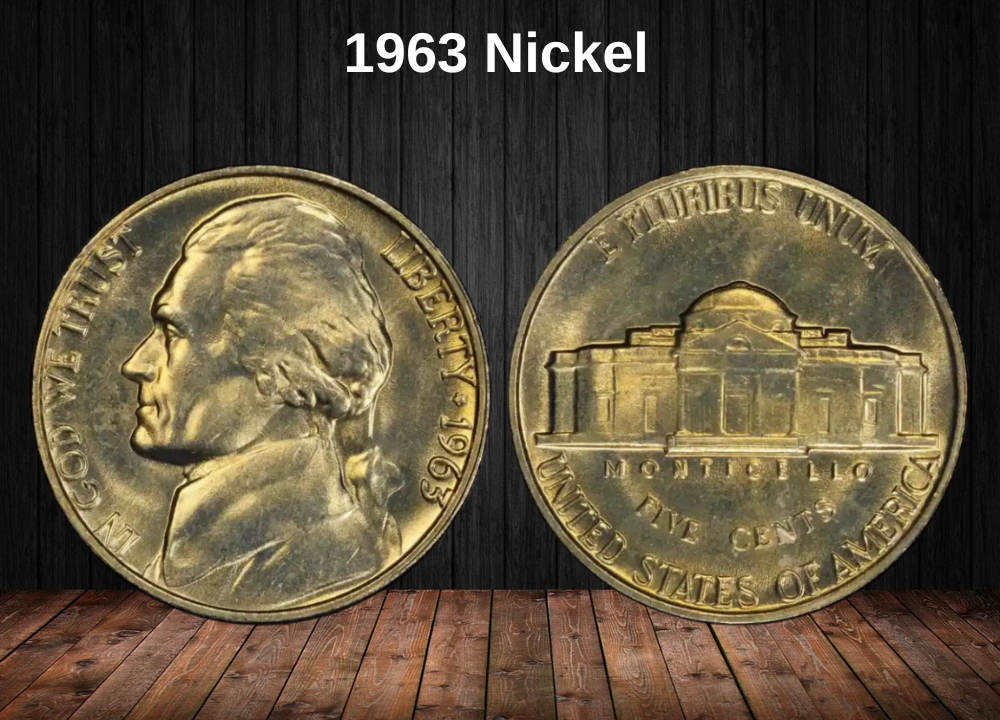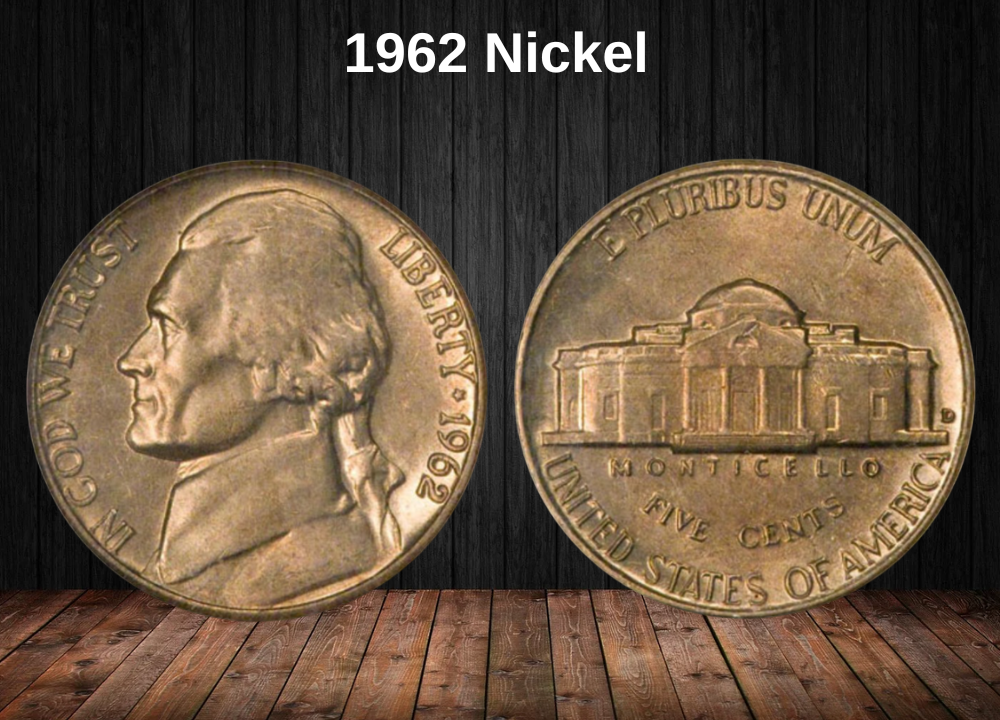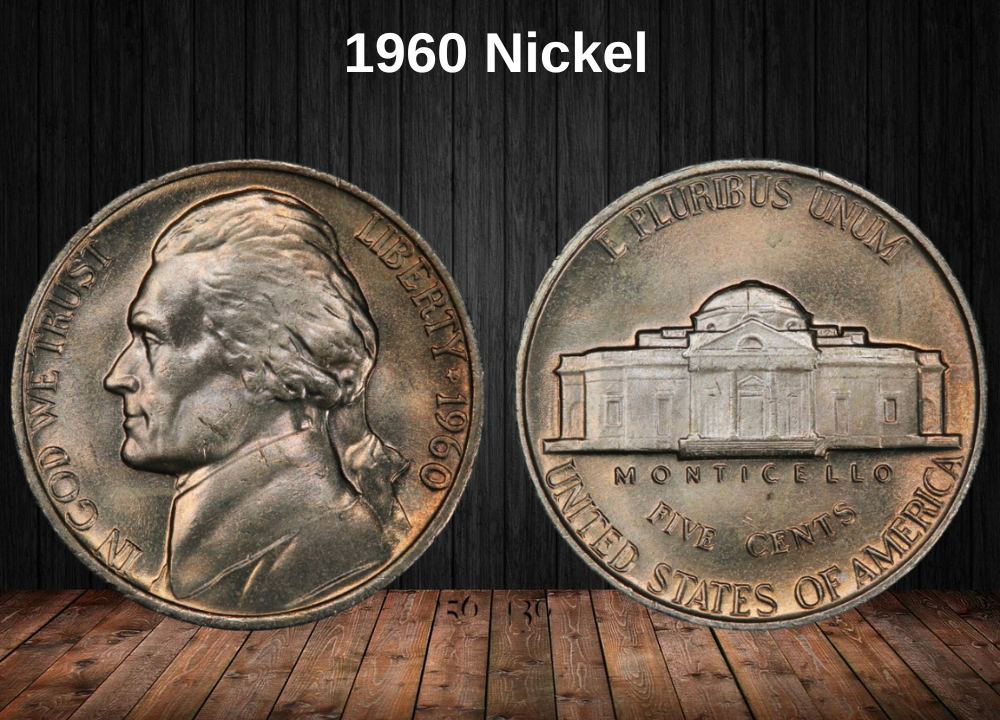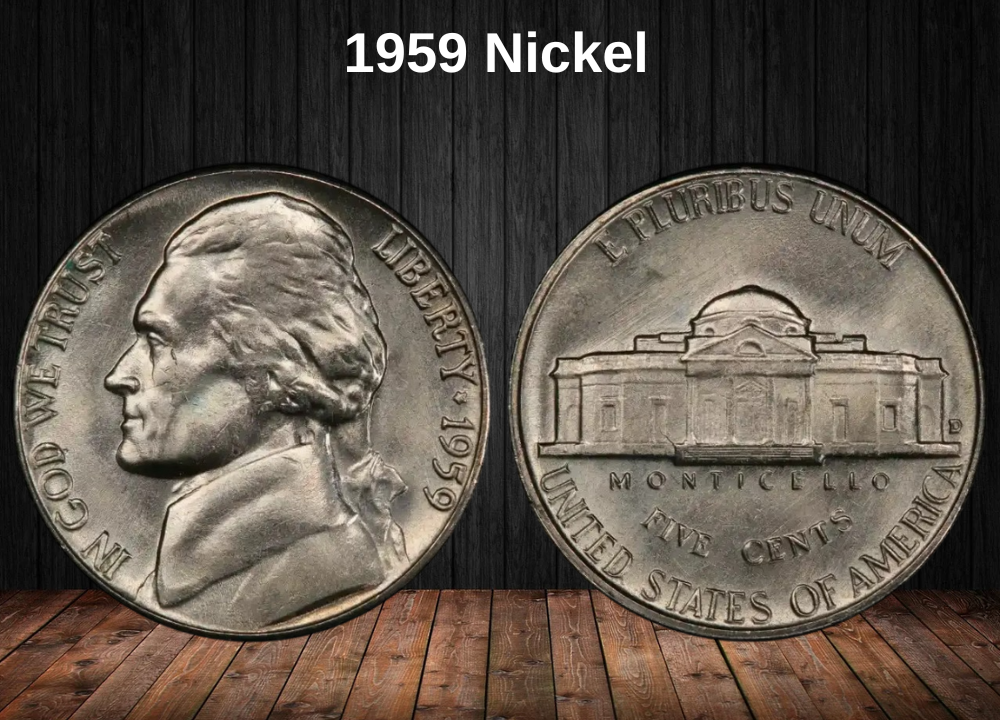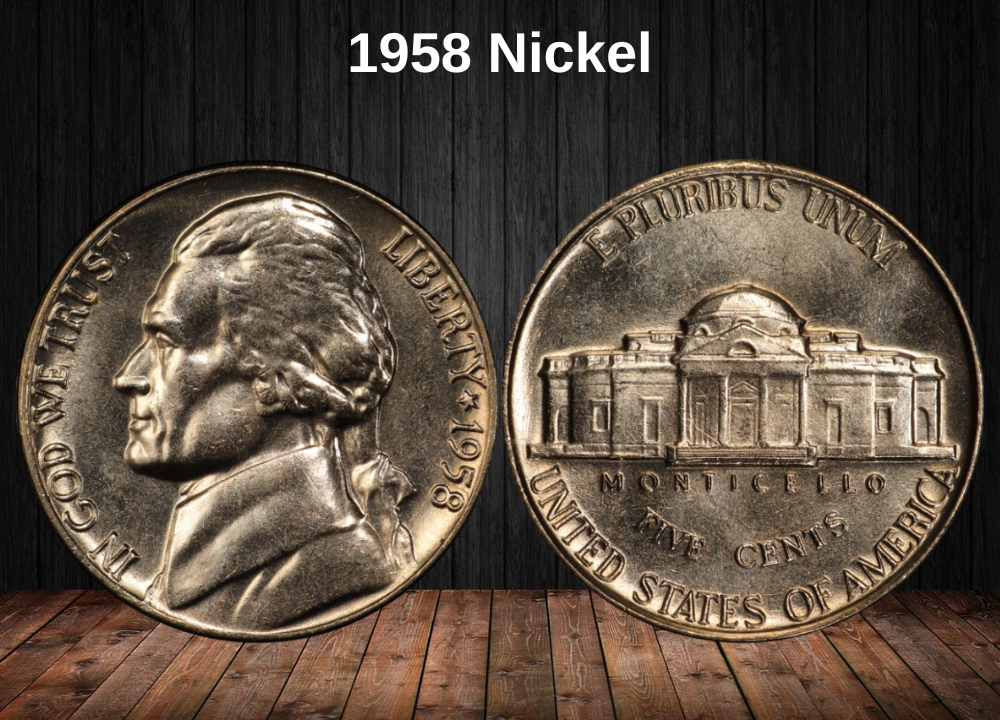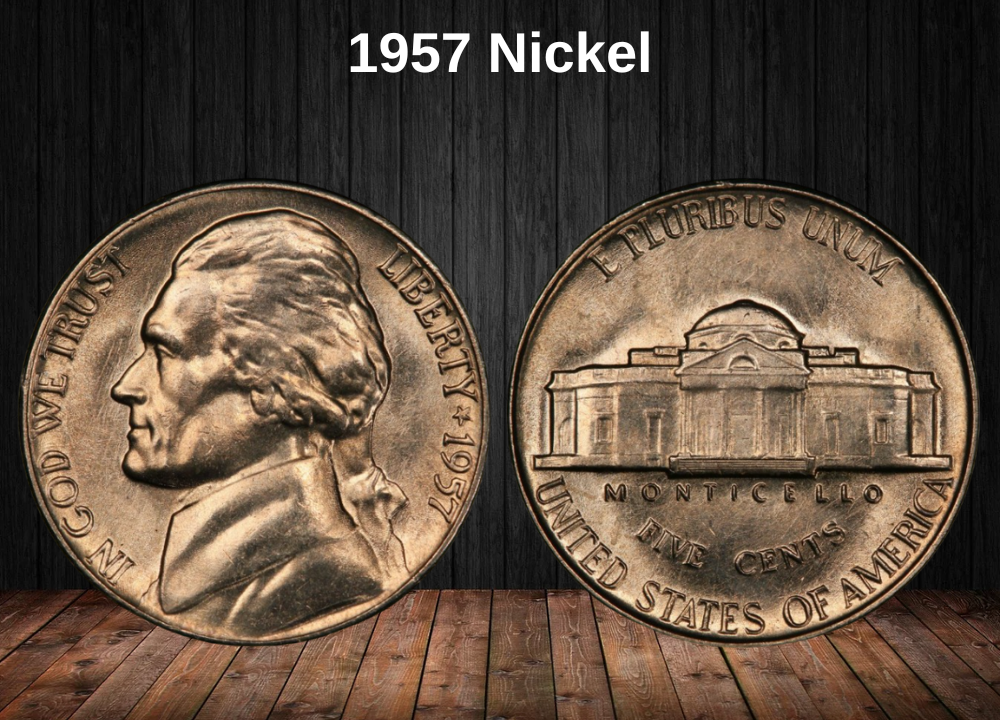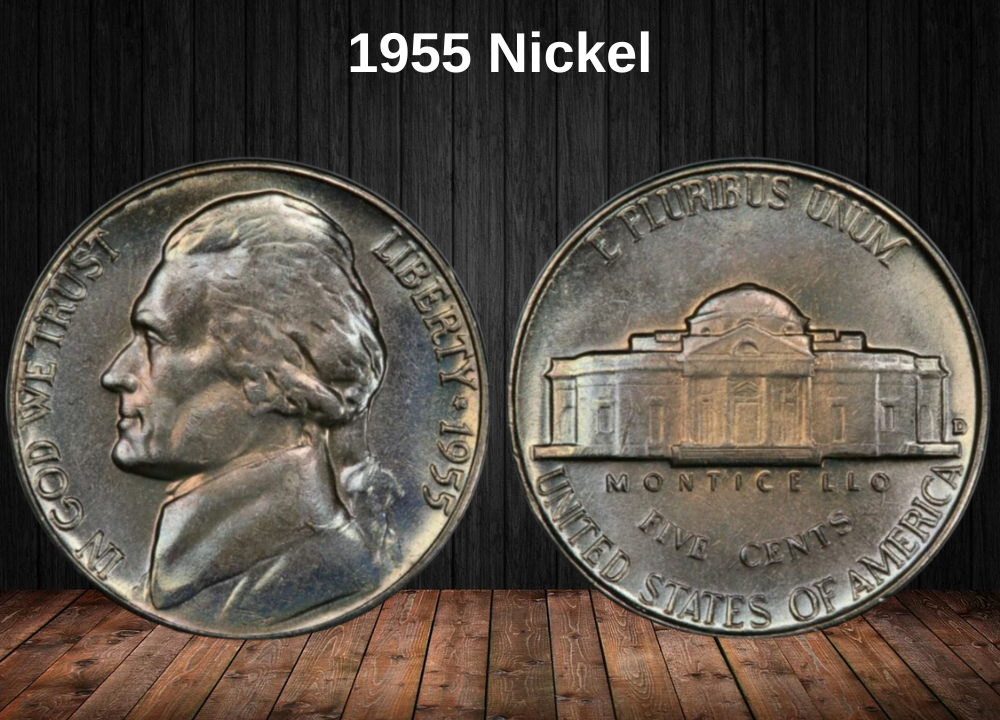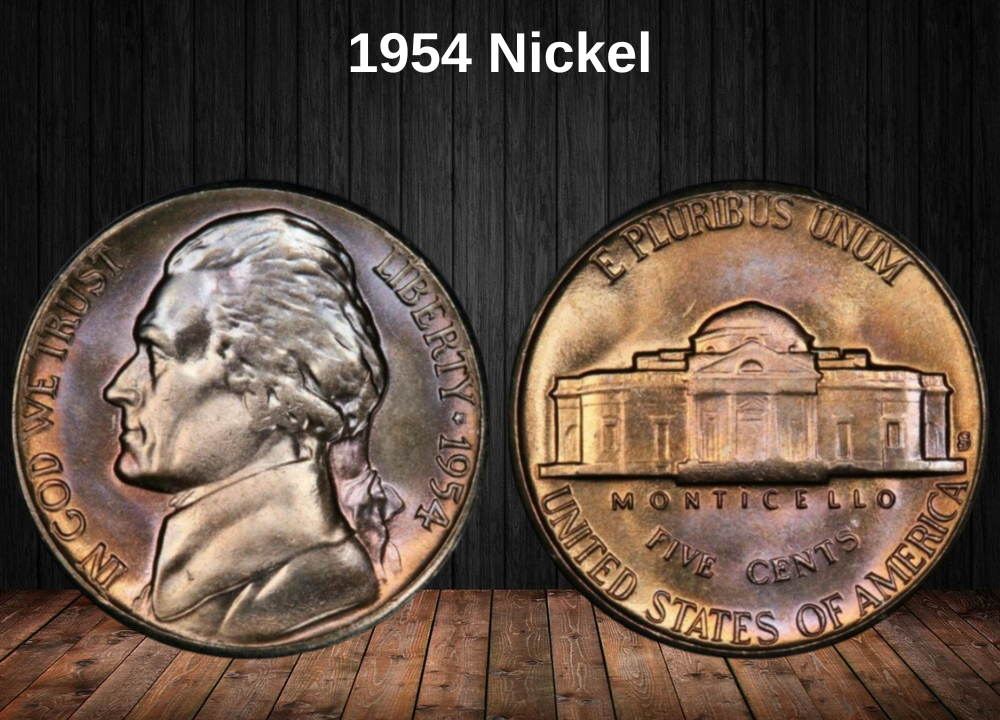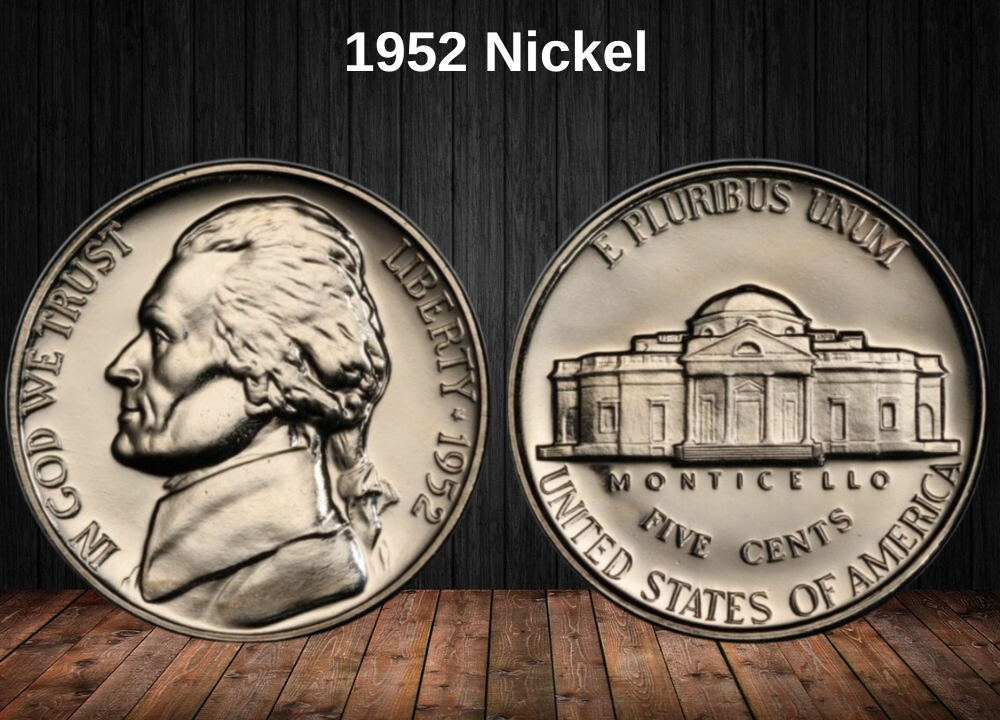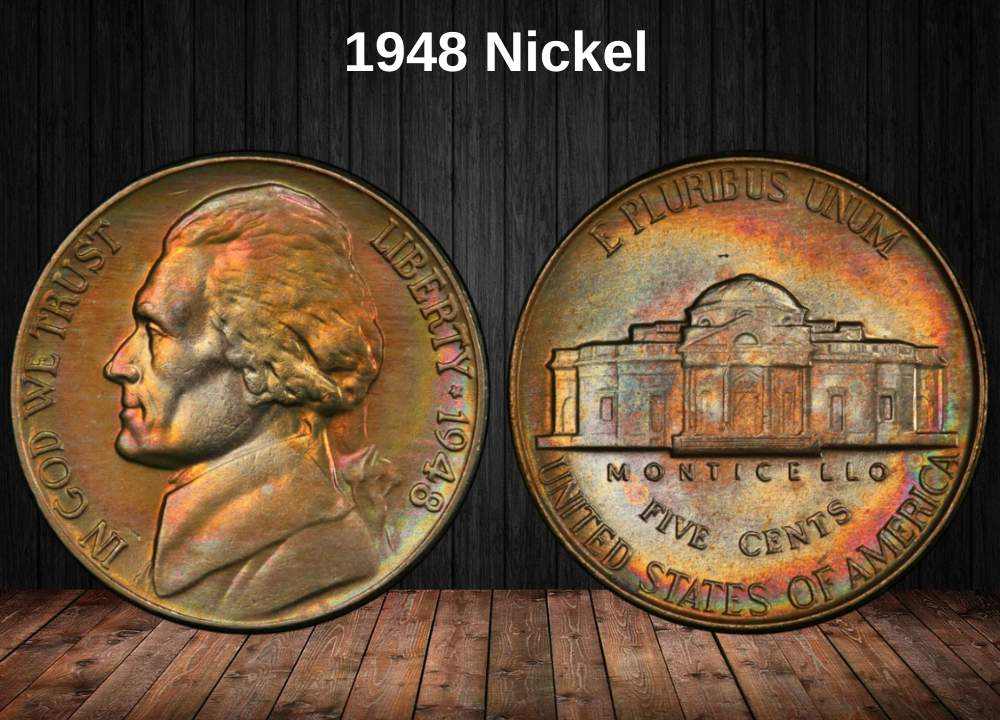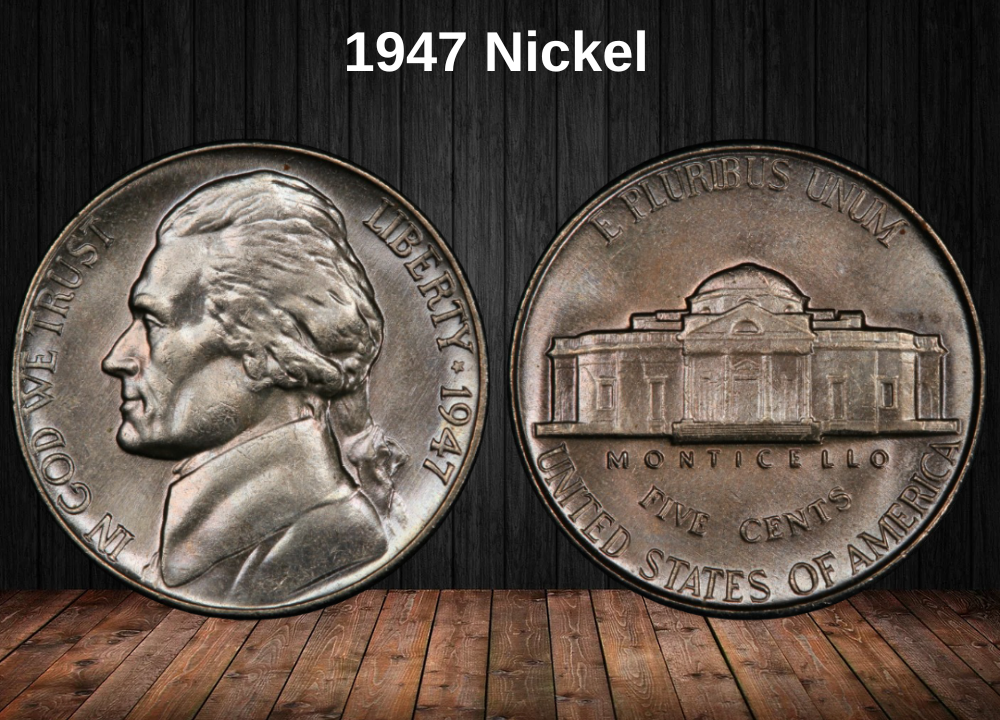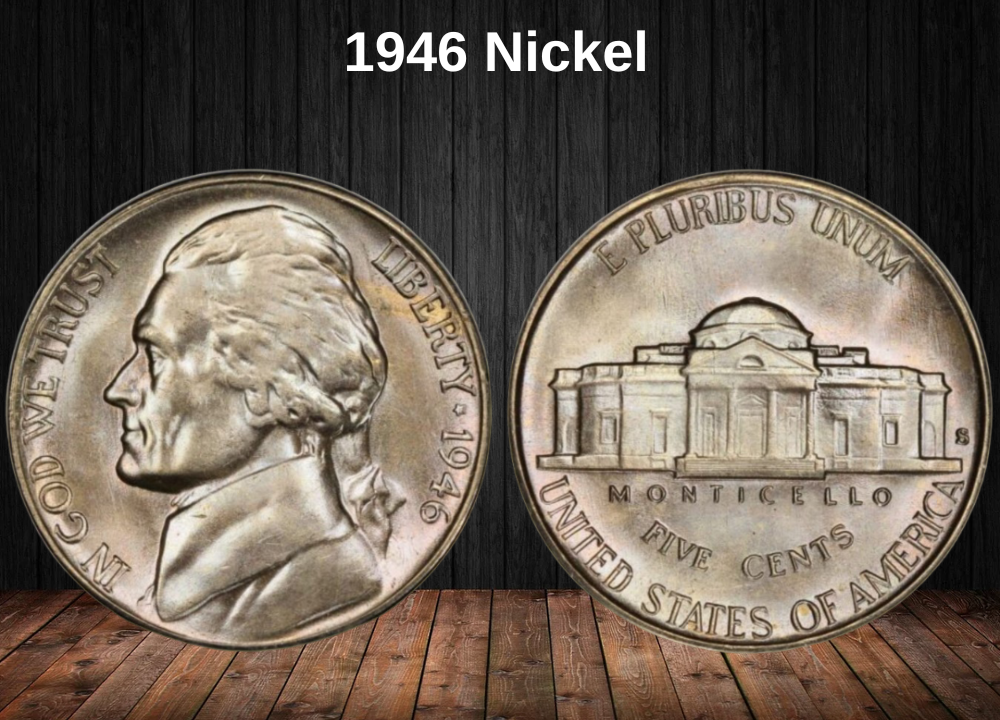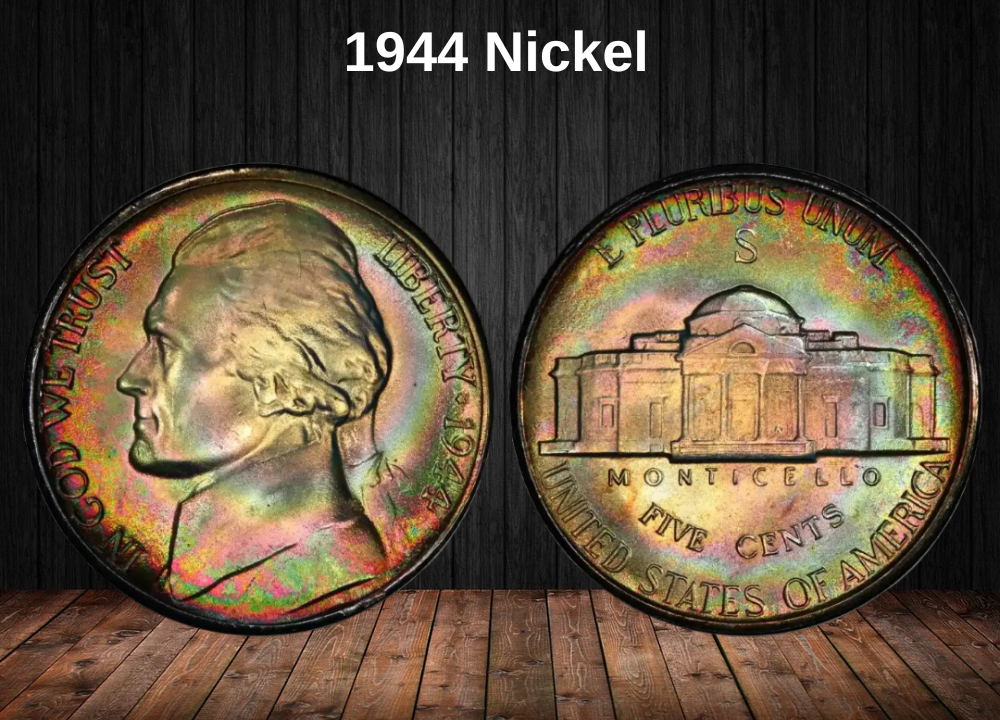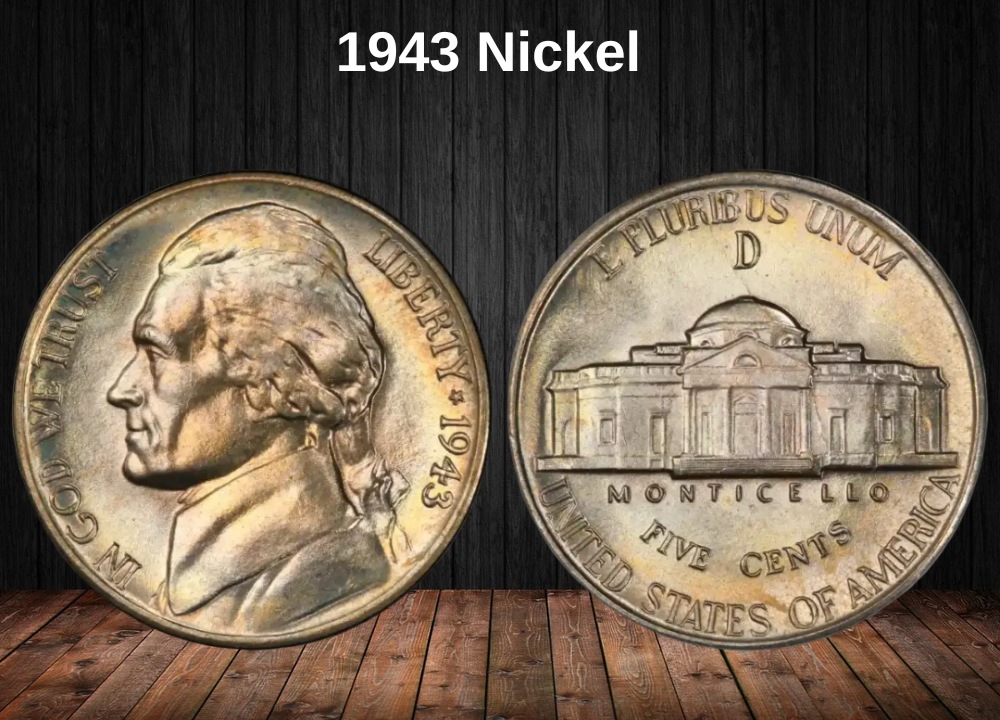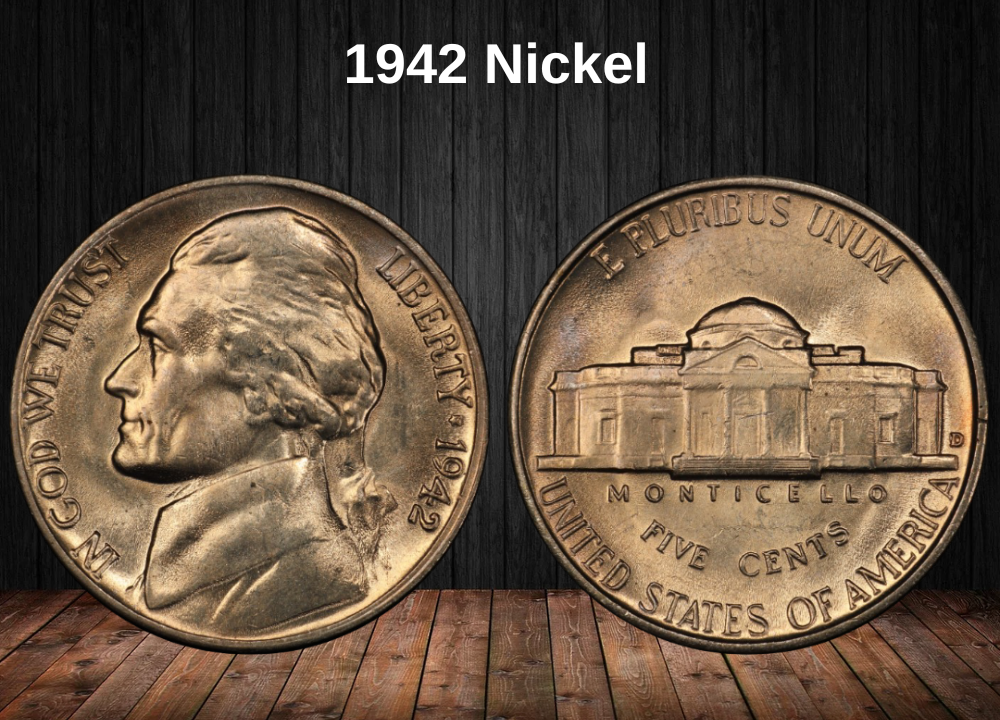The 1964 Jefferson nickel is one of the most collected coins in modern U.S. history. While most examples are common and worth only their face value, certain varieties, mint errors, and high-grade specimens can be worth hundreds or even thousands of dollars.
Whether you are a casual collector, a coin dealer, or simply someone who found a 1964 nickel in your change, understanding what makes this coin valuable is essential. This comprehensive guide covers its history, features, grading, values by mint mark, known errors, and tips for selling.
1964 Nickel Value Chart
| Mint mark / Variety | Good | Fine | Extremely Fine | Uncirculated | Full Steps (FS) | Proof / Proof-Like |
|---|---|---|---|---|---|---|
| 1964 No Mint Mark | – | – | $0.10 | $2–$15 | MS67 FS: $5,250+ | – |
| 1964-D | – | – | $0.10 | $2–$16 | MS66 FS: $1,350+ | PL FS MS66: $4,000+ |
History of the 1964 Nickel
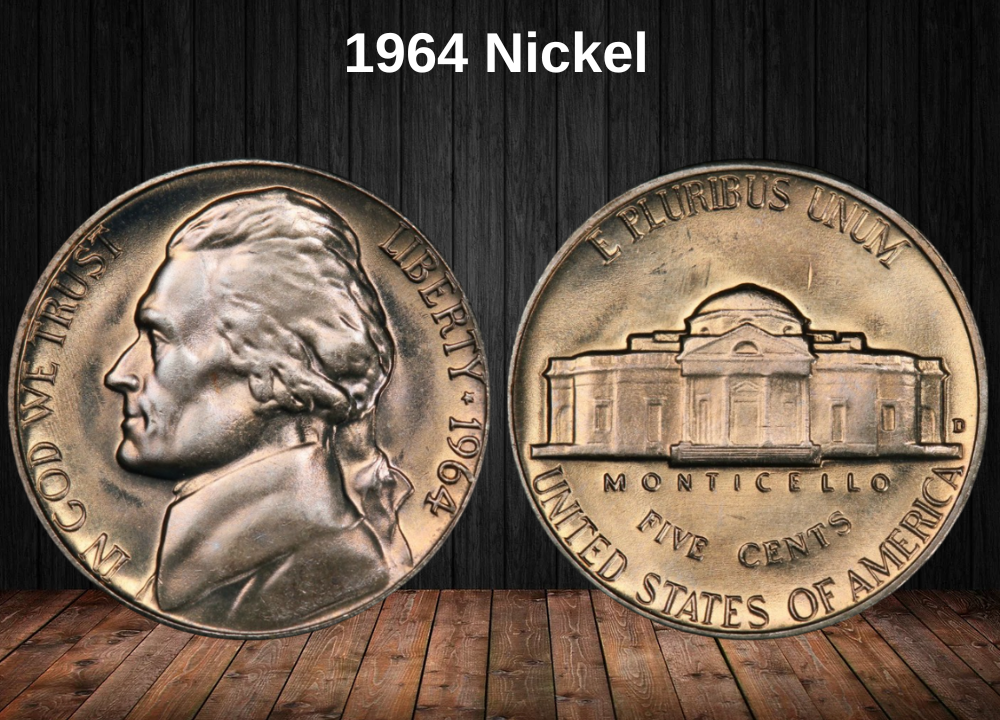
The Jefferson nickel replaced the Buffalo nickel in 1938, featuring a portrait of Thomas Jefferson designed by Felix Schlag. By 1964, the United States was facing a serious coin shortage. The Mint responded by producing over 2.8 billion nickels in that single year—split between Philadelphia (no mint mark) and Denver (“D” mint mark).
This was the last year nickels bore a mint mark until 1968. From 1965 to 1967, mint marks were removed to discourage hoarding of coins from specific mints.
Due to the rush to meet demand, quality control was inconsistent in 1964, resulting in a large number of weak strikes and mint errors—many of which are sought after by collectors today.
Features of the 1964 Nickel
The Obverse of the 1964 Nickel
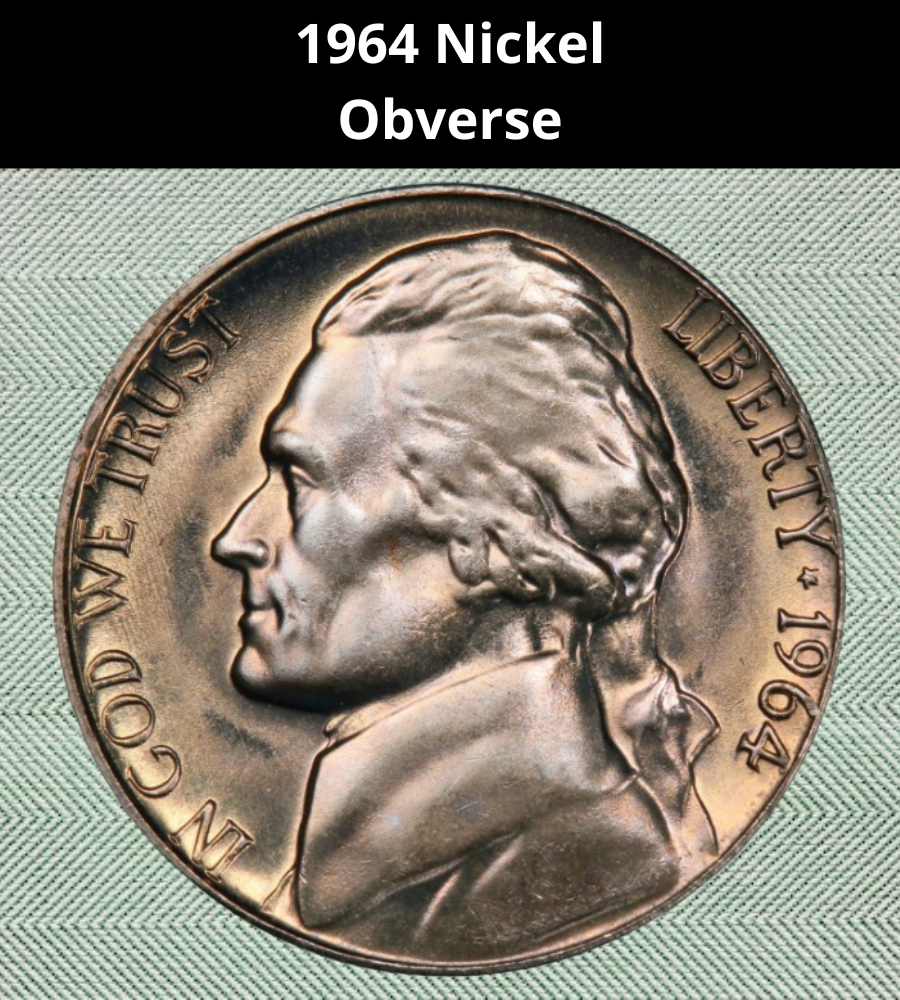
The obverse displays a left-facing bust of Thomas Jefferson. Schlag based his design on a sculpture by Jean-Antoine Houdon.
- Inscriptions: “IN GOD WE TRUST” on the left, “LIBERTY” and the date “1964” on the right, separated by a star.
- Key grading points: Look for hair detail above Jefferson’s ear, cheekbone sharpness, and clarity of the jawline.
The Reverse of the 1964 Nickel
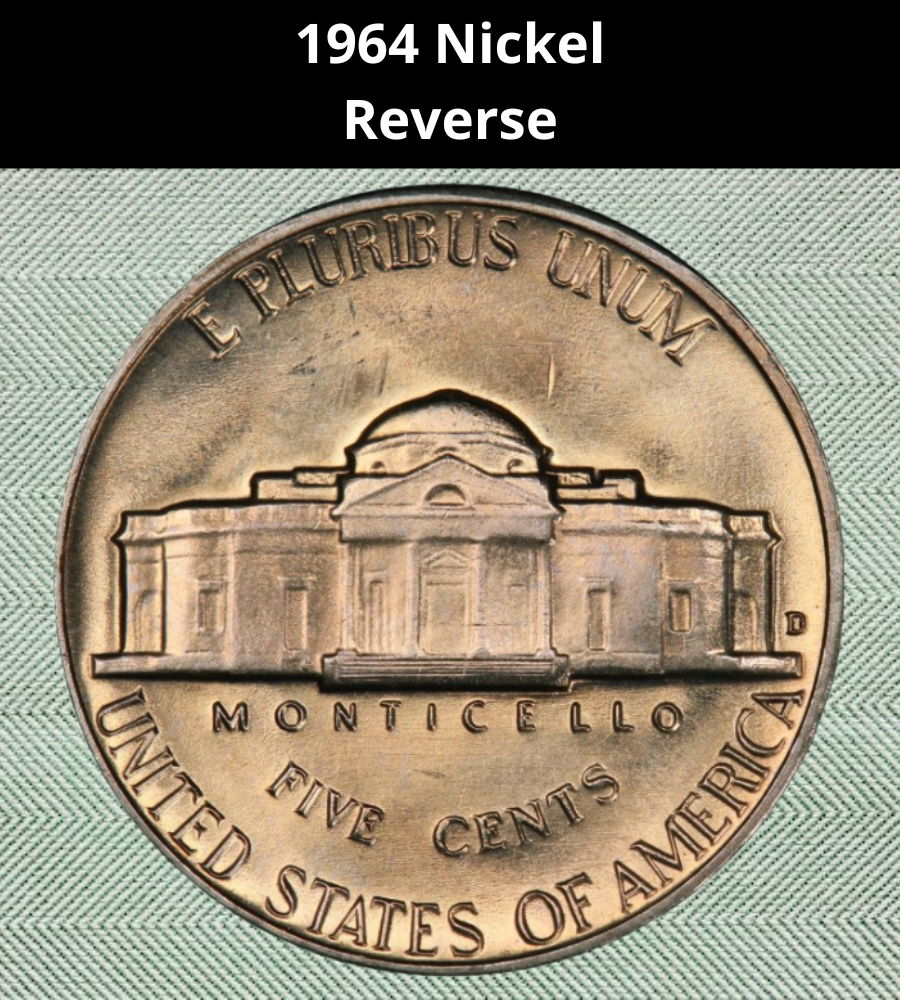
The reverse shows Monticello, Jefferson’s Virginia home.
- Inscriptions: “E PLURIBUS UNUM” at the top, “MONTICELLO” just below the building, “FIVE CENTS” underneath, and “UNITED STATES OF AMERICA” at the bottom.
- The mint mark (“D” for Denver) is located to the right of Monticello. Coins struck in Philadelphia have no mint mark.
- Full Steps (FS): If you can clearly count five or six complete steps leading to Monticello, the coin qualifies as FS—dramatically increasing its value.
Other Features of the 1964 Nickel
- Composition: 75% copper, 25% nickel (no silver content).
- Weight: 5.00 g
- Diameter: 21.2 mm
- Edge: Plain (no reeding).
- Struck in both Philadelphia and Denver Mints.
1964 Nickel Grading
Grading determines value. Coins are evaluated on the Sheldon Scale from 1 (poor) to 70 (perfect). Key considerations for the 1964 nickel:
- Strike Quality: 1964 nickels often have weak strikes. A strong strike with sharp detail is rarer and more valuable.
- Surface Preservation: Fewer contact marks mean a higher grade.
- Luster: Original mint luster adds appeal.
- Eye Appeal: Toning, color, and overall look.
- Full Steps: Clear steps on Monticello can multiply a coin’s value several times over.
| # | Grade |
|---|---|
| 1 | Basal State-1 |
| 2 | Fair |
| 3 | Very Fair |
| 4, 5, 6 | Good |
| 7, 8, 10 | Very Good |
| 12, 15 | Fine |
| 20, 30 | Very Fine |
| 40 | Extremely Fine |
| 50 | About Uncirculated |
| 60 | Mint State |
| 65 | Mint State |
| 70 | Mint State |
Grading examples:
- MS60: Uncirculated but with many marks.
- MS65: Attractive with minimal marks.
- MS67: Superb, nearly flawless, with outstanding luster.
1964 Nickel Value Guides
While most 1964 Jefferson nickels are extremely common and worth only their face value of five cents, there are exceptions. The real money is in coins that are:
- Uncirculated (never used in everyday transactions)
- High grade (MS65 and above on the Sheldon scale)
- Full Steps (clear, unbroken steps on Monticello)
- Proof-like (mirror-like surfaces)
- Or have rare mint errors
Because 1964 was the highest mintage year in Jefferson nickel history, most examples are plentiful. However, finding one in pristine condition with sharp strike detail is much harder, which is why collectors are willing to pay significant premiums.
1964 No Mint Mark Nickel Value (Philadelphia Mint)
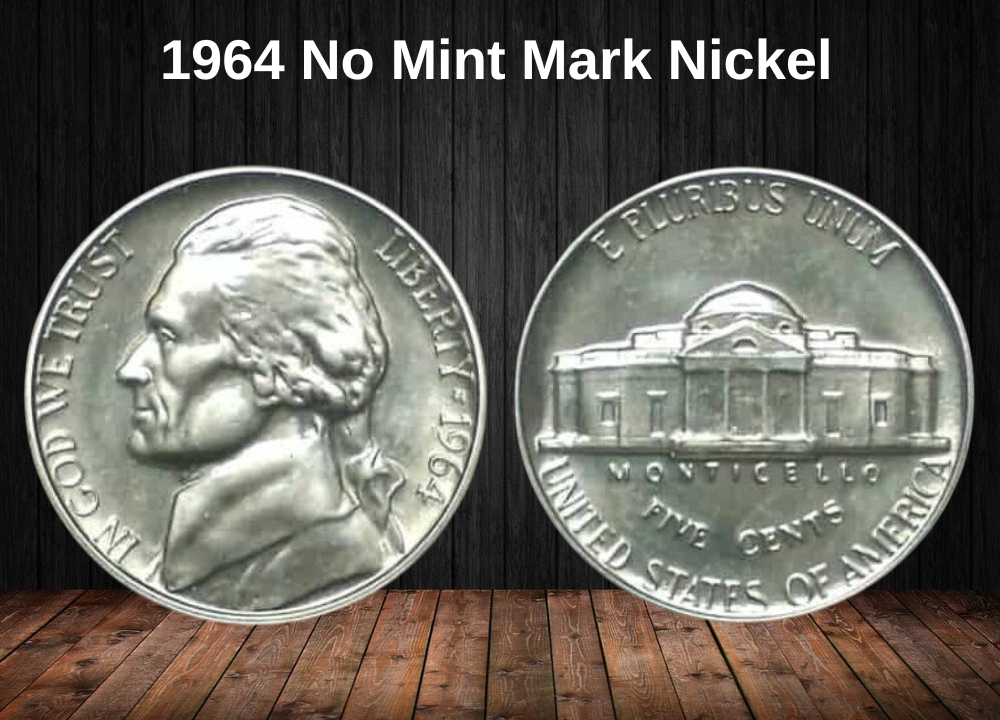
Mintage: 1,024,672,000 — over one billion coins were struck in Philadelphia, and none have a mint mark.
- Circulated examples: If your coin has obvious wear from being used in change, it’s generally worth only face value (about $0.05), but dealers may offer $0.10 for nicer circulated pieces.
- Mint State (Uncirculated):
- MS65 (a very high grade with minimal marks): Around $15.
- MS67: Extremely rare and worth about $1,150.
- Full Steps (FS): These are far scarcer because most 1964 nickels were struck with worn dies, making the steps blurry.
- MS64 FS: Around $65.
- MS67 FS: Around $5,250.
- Auction record: One MS67 FS 1964 nickel sold for $14,100 at a PCGS auction in 2014—this was for an exceptional coin with incredible strike quality.
Why they can be valuable:
Most Philadelphia nickels from 1964 are weakly struck. A sharply struck, high-grade example—especially with Full Steps—is rare and in demand.
1964-D Nickel Value (Denver Mint)

Mintage: 1,787,297,160 — the Denver Mint produced even more nickels than Philadelphia, making this the single largest mintage for any nickel in U.S. history.
- Circulated examples: Generally $0.10–$0.20 depending on condition.
- Mint State (Uncirculated):
- MS65: About $16.
- MS67: Around $1,200.
- Full Steps (FS):
- MS65 FS: About $650.
- MS66 FS: About $1,350.
- Proof-like Full Steps: Rare and visually striking with reflective fields.
- MS66 PL FS: Can reach $4,000 at auction.
Why they can be valuable:
While the Denver Mint coins tend to have a slightly stronger strike than Philadelphia coins, the sheer number made means high-grade Full Steps coins are still uncommon. Proof-like examples are even rarer and highly collectible.
Collector Tip:
If you’re checking your 1964 nickels, use a 10x loupe or magnifying glass to look closely at the steps on Monticello. Even if the rest of the coin looks perfect, missing or blurry steps will mean it doesn’t qualify for the Full Steps designation—which is the key to top-dollar value.
Rare 1964 Nickel Error List
Mint errors from 1964 can be valuable, especially when dramatic or unusual.
1964 Four Strikes and Three Off-Centre Nickel Error

- Struck four times, three of which are far off-center.
- Very rare; high-grade examples can sell for ~$1,200+.
- Identification Tip: Look for multiple overlapping designs, with parts of the design missing from the central strike area.
1964 Late Brockage Nickel Error
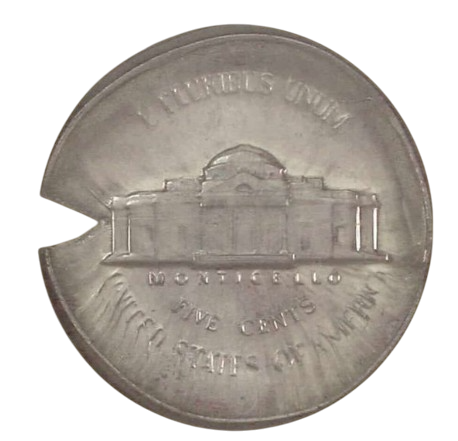
- Mirror-image design appears on one side, caused by a previously struck coin sticking to the die.
- Example in MS62 sold for ~$400.
- Identification Tip: One side will be normal; the other will have an incuse, reversed image of the opposite side.
1964 Broadstruck Nickel Error
- Coin struck outside its retaining collar, causing a wider, misshapen flan.
- MS63 example sold for ~$55.
- Identification Tip: Diameter will be larger than normal, edges will appear stretched.
1964 Nickel Struck On a 10-Centavo Coin Error
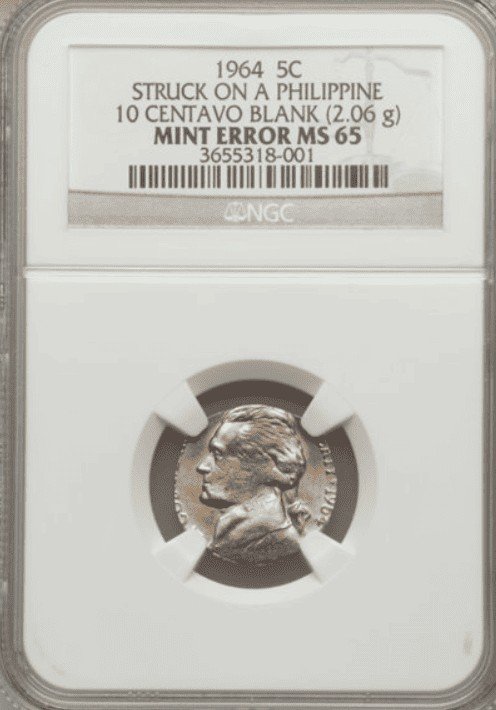
- Struck on a Philippine 10-centavo planchet (lighter, ~2.0 g).
- Example in MS64 sold for ~$1,200.
- Identification Tip: Noticeably lighter weight, smaller size, and parts of design missing at edges.
Where to sell your nickel?
Now that you’re aware of your nickel’s value, you may be curious about the best places to sell it. Don’t worry: here’s a rundown of some top online marketplaces where you can conveniently sell your nickels, along with their benefits and drawbacks.
Explore the best platforms for selling nickels online (advantages and disadvantages).
FAQ
What makes a 1964 nickel so valuable?
High-grade coins with Full Steps, proof-like surfaces, or dramatic mint errors are rare and can be worth hundreds or thousands.
How can you tell if a 1964 nickel is a special strike?
Special strikes have a satin-like finish, sharper details, and squared rim edges. They are extremely rare and were unknown until discovered in 1993.
How do I know if my 1964 D nickel is worth anything?
Check for Full Steps on Monticello and overall condition. MS65+ with FS can be worth hundreds; MS66+ even more.
Does a 1964 nickel contain silver?
No. Like other Jefferson nickels (except 1942–45 “War Nickels”), it’s cupronickel.
Will cleaning my 1964 nickel increase value?
No. Cleaning coins usually lowers value due to scratches and loss of original surfaces.
Where is the mint mark located?
On the reverse, to the right of Monticello (Denver mint coins). Philadelphia coins have no mint mark.
Should I grade my 1964 nickel?
Yes, if it appears uncirculated, has Full Steps, or shows a rare mint error.
The 1964 Jefferson nickel is a fascinating piece of numismatic history. While most are common, the rare high-grade Full Steps examples and unusual mint errors can be highly valuable. Knowing what to look for—sharp strikes, clear steps, and unusual planchets—can help you find a hidden gem in your pocket change or collection.
Whether you keep it as a collectible or sell it for profit, understanding its history, varieties, and market value ensures you make the most informed decision.

